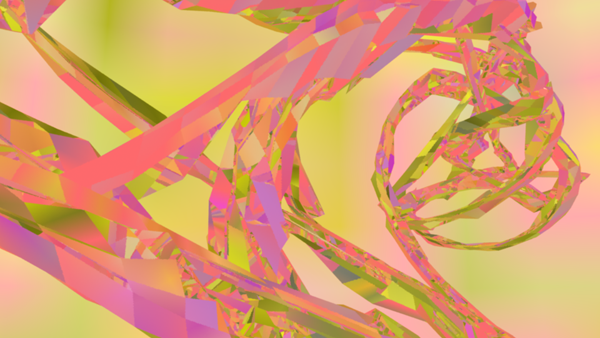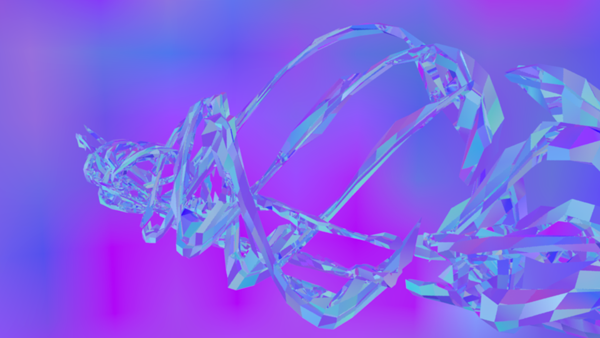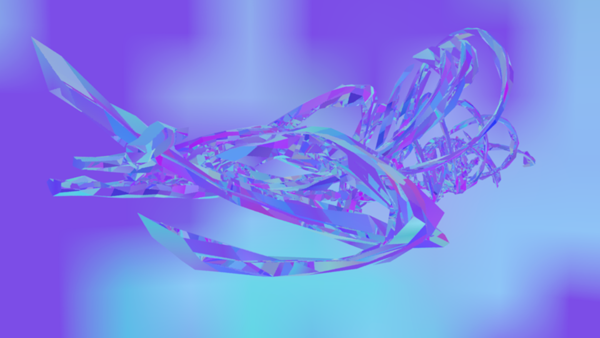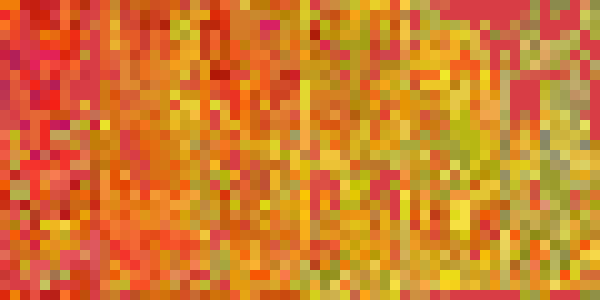
Mushi is a project designed to generate unique, self-animating paintings with possibilities for user interaction and collaboration. Created in Processing, the program utilizes relatively simple procedural animation techniques in order to create a complex, self-designing artwork without being overly cumbersome.
To see more about Mushi, click here.
To see more about Mushi: Distortions, click here.
The goal of this project was to find a way to depict an animation sequence as a single, non-moving object or image. The approach has been is to capture position data from the animation in order to generate a sculpture.
below: white outlines show where the sculpture is being generated as the animation is running
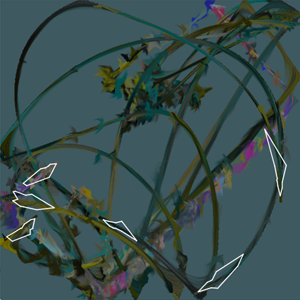
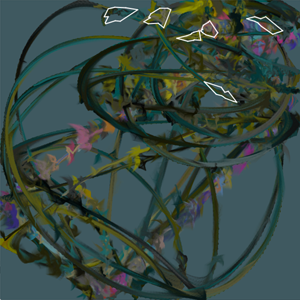
below: setup of the console that the user sees while the animation is being run. The user can control attributes of the animation, and has a view of the generating sculputure from two different angles, so they can see what the finished object will look like.

below: part of early sculpture test generated from the animation
below: 3D print test of part of sculpture
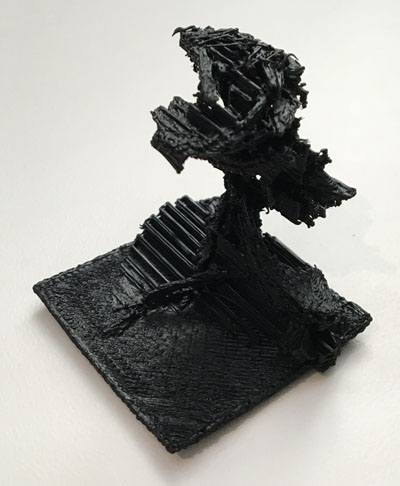
In addition to generating a sculpture from the position data, color data from the sculpture is also recorded. This is done in 2 forms: snapshots of small segements of animation, and pixel color maps that can be used as skins for the sculptures.
below: examples of small segements of animation
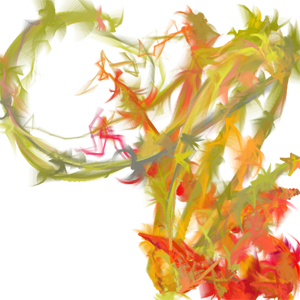
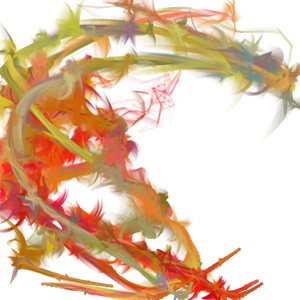
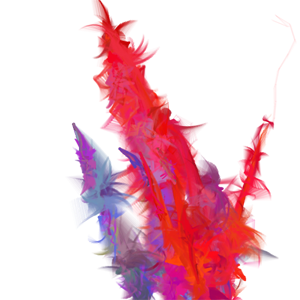
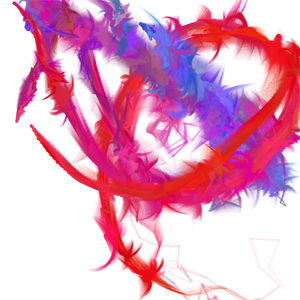
below: examples of pixel color maps
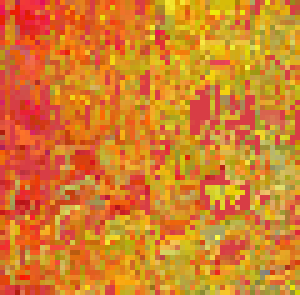
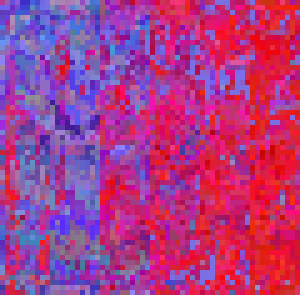
Once the sculpture is generated, the pixel color map is used to place color on the model, so that the 3D form can mimic the color palette of the original animation.
below: sculpture with pixel color data
Different results can be attained by porting the objects into Maya and experimenting with rendering settings and the position of the pixel color maps.
below: Maya renderings of sculptures using glass texture surrounded by pixel color map on the sides and small segment images separating segments of the sculpture.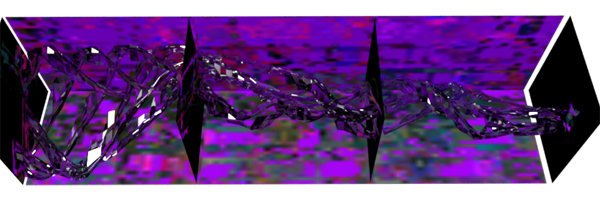
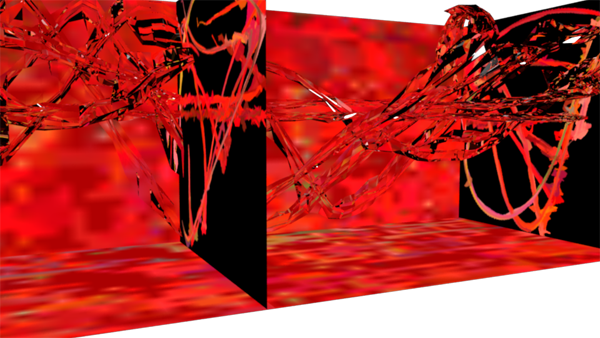
below: Maya renderings of sculptures using reflection map of pixel color data
